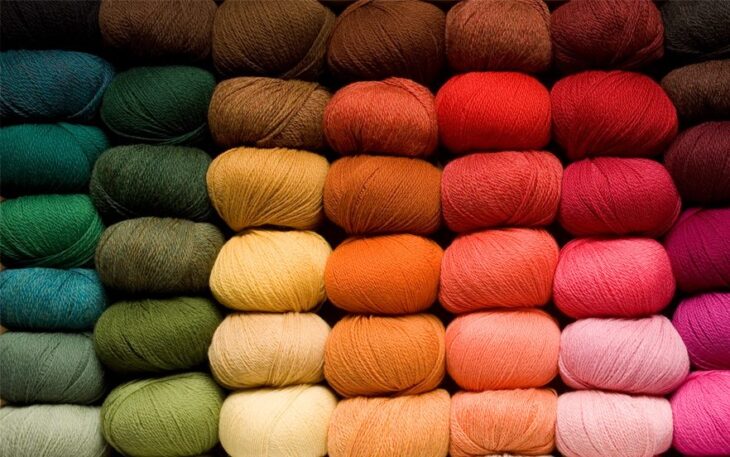
Yarn is something very simple, and easy, and yet its usefulness can’t be underestimated, as we particularly use yarn in our everyday life, not just to make our clothes, but for many other various purposes such as creating tools, handicrafts, decorations, etc.
Now, if you are curious about how yarn is produced, such as different types of yarn like Rayon Yarn, synthetic yarn, Polyester yarn, and many more, then you would have come to the right place. Here, we are going to tell you about how yarn is produced, from simple fiber materials, with different types, and how they could be manufactured.
The type of Manufactured Yarn
Depending on the materials, there are many different kinds of manufactured yarn, and each of them has quite a different way to process and manufactured. For example, yarn from sheep wool would be processed through cleaning, spinning, and spooling.
So, to better understand how yarn is manufactured, you would need to know first about the different types of popular yarn such as:
- Rayon Yarn Wool Yarn
- Cotton Yarn
- Acrylic Yarn
- Nylon Yarn
- Polyester Yarn
- Alpaca Yarn
- Linen Yarn
These are some examples of both natural and synthetic yarn. There are many differences in how they are produced, and each of them has different distinct qualities, and characters. For example, wool yarn is soft, and a good heat isolator, and it is very warm, hence perfect for making a sweater, whereas synthetic yarn is cheaper, lighter, and easily woven, and tears.
How Yarn Is Manufactured, Especially The Rayon Yarn
Yarn manufacturing, or the process of producing yarn to be used as fabrics, used in clothes, and many more, refers to the process of producing continuous strands, then woven, knitted, then made into fabrics. Different types of yarn, require a different processes of manufacturing, and some types of yarn, like Silk yarn, would require more extensive production and different manufacturing methods.
However, most of the fabrics have pretty common steps in their manufacturing, and if it is factory-scale manufacturing, then the process would be ring spinning, open-end spinning, then there are also air-jet spinning.
First, the fibers itself was cleaned and carded, then it will be needed to align in the same direction for each strand. Drawn out into each fabric into thin strands. The thin strand then would be twisted, by using the spinning spindle. This would add more strength, as well as stability to the yarn, letting it be stronger,
This process is called ring spinning, it essentially turns loose strands into one stronger line of yarn. Next, there is also air-jet spinning that uses the air to compress and insert the fibers, then will be spun into yarn.
As for Rayon Yarn, it is a type of textile fiber, used from the different regenerated cellulose cells. It is derived from wood pulp. It is sometimes called viscose rayon, as it would require a viscous solution to create the desired fabrics. It is most commonly used, is used for clothing, used in home textiles, as well as many other textile industries along the line.
